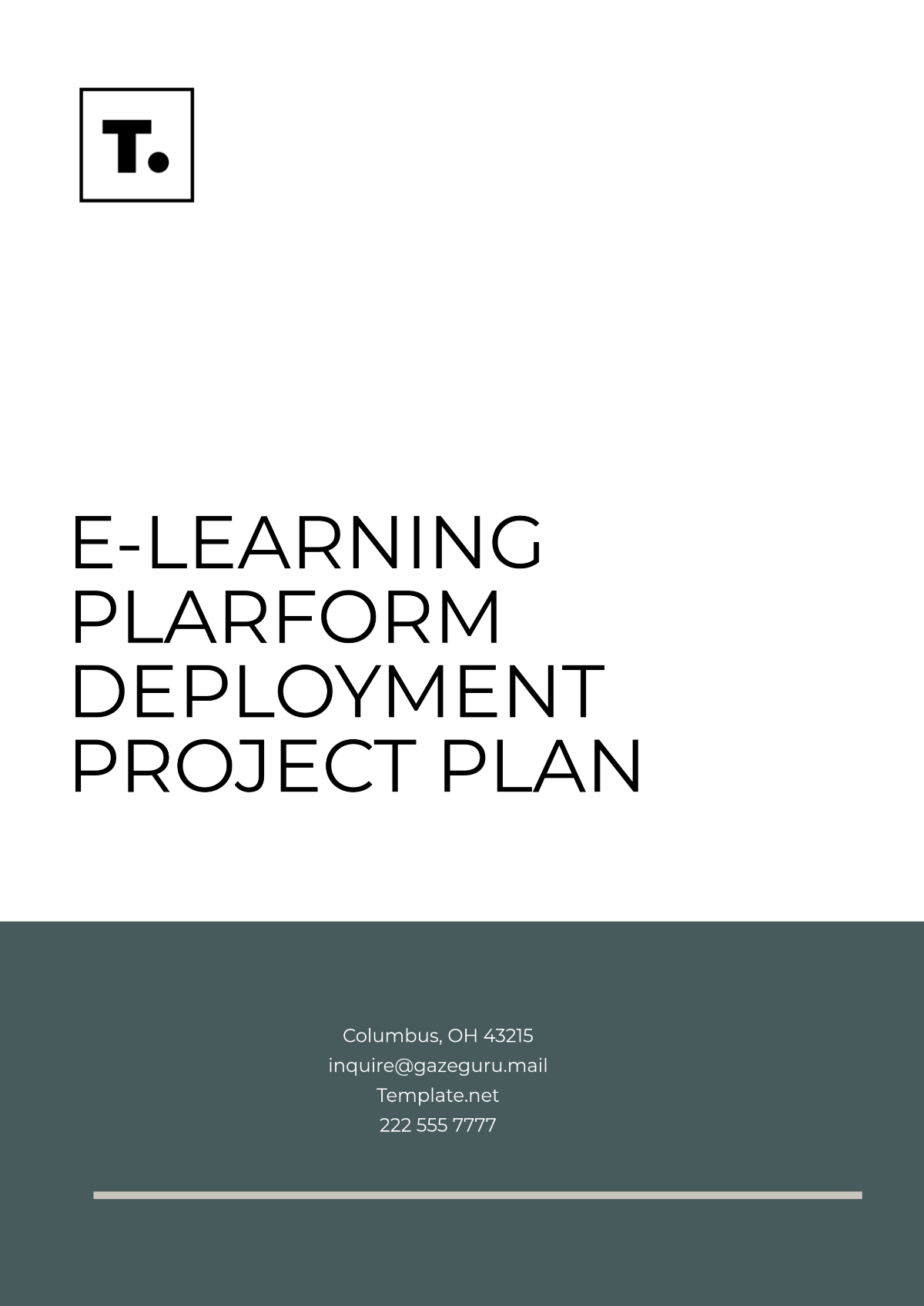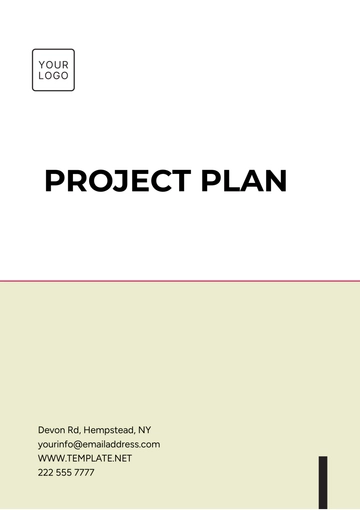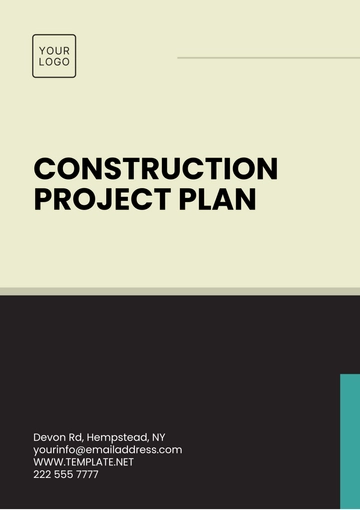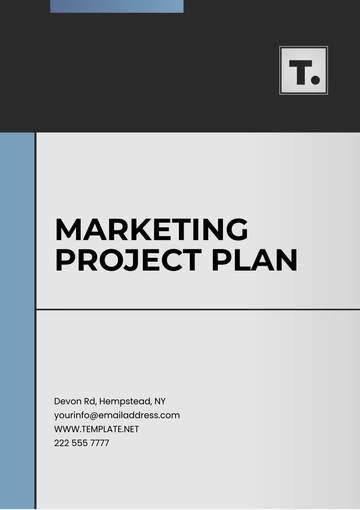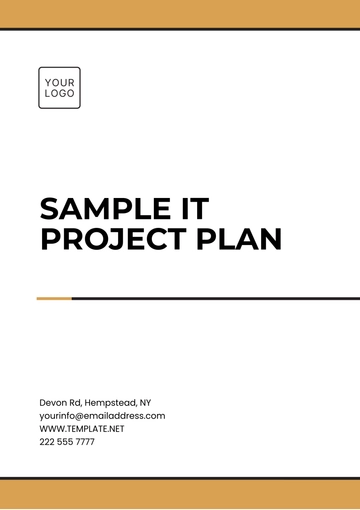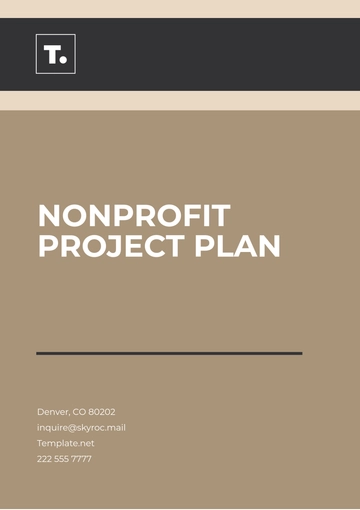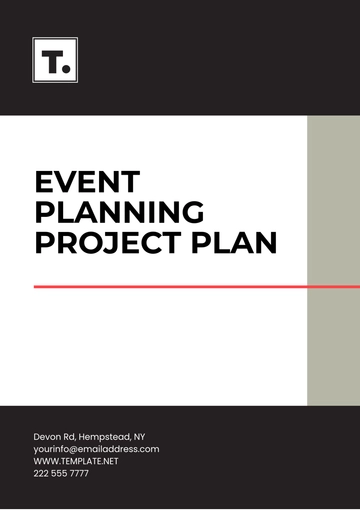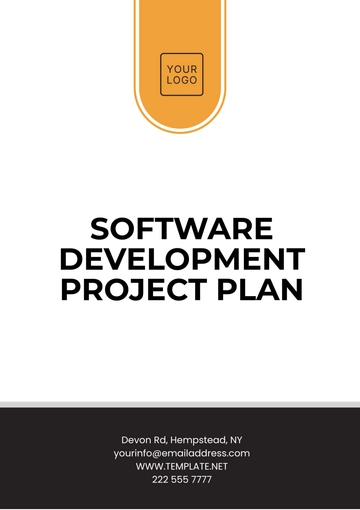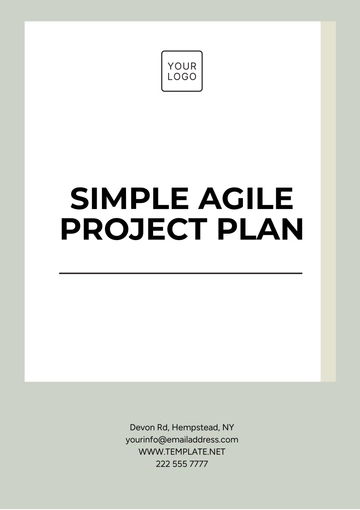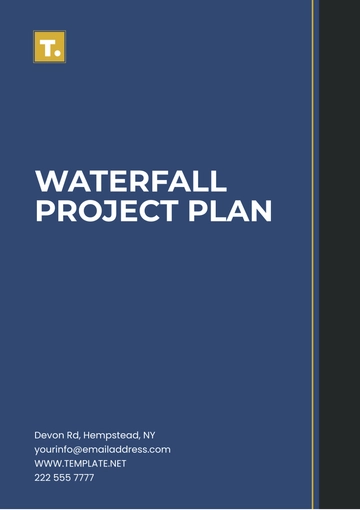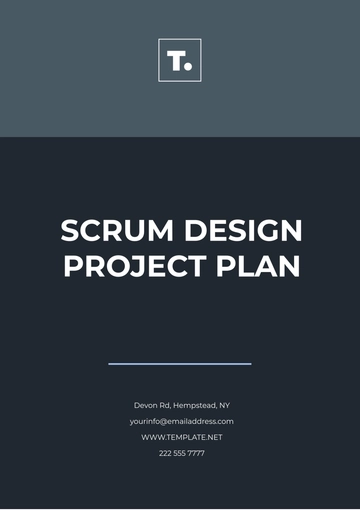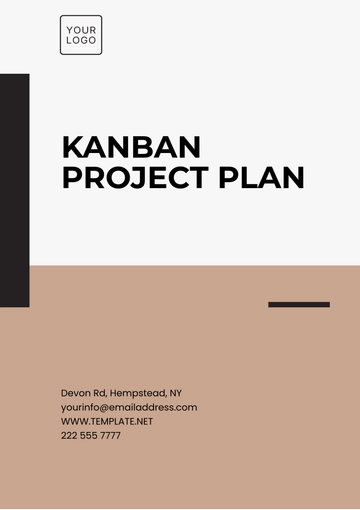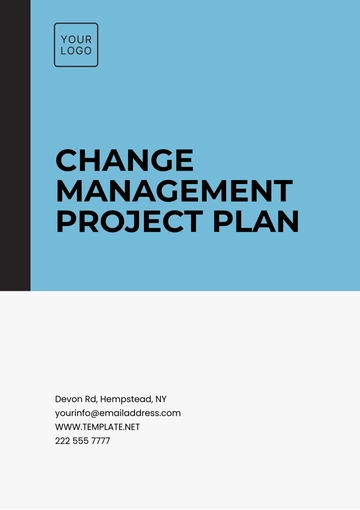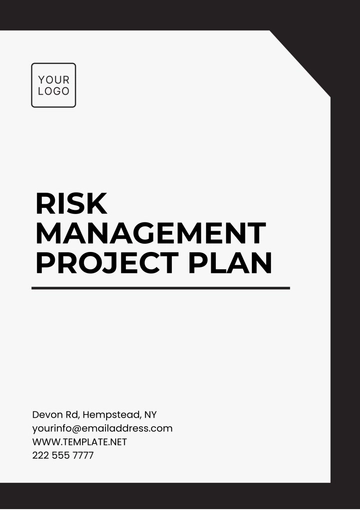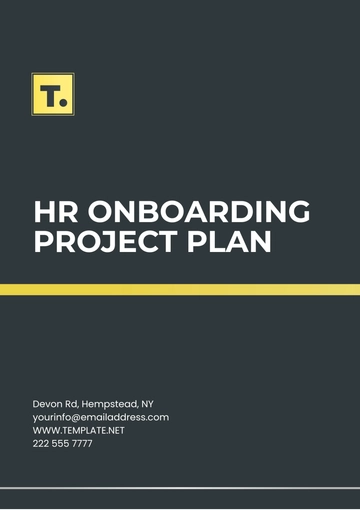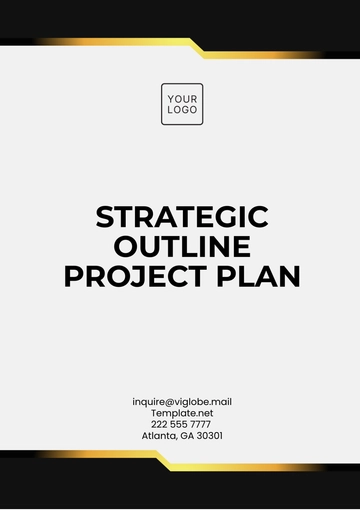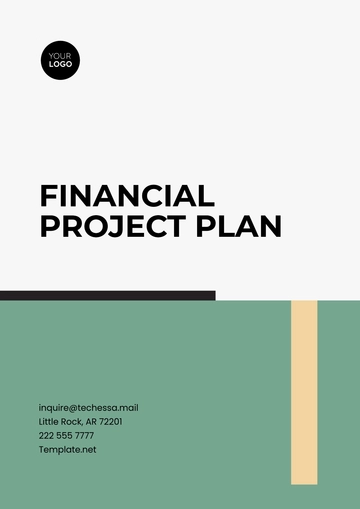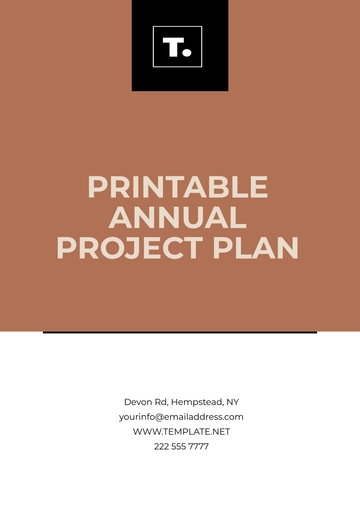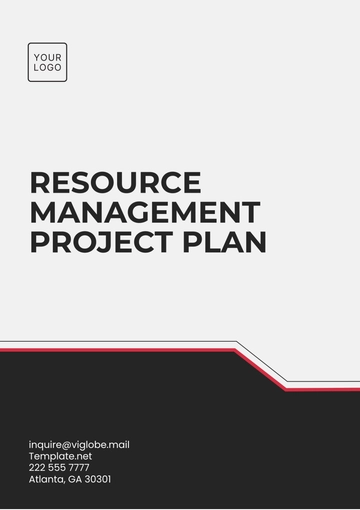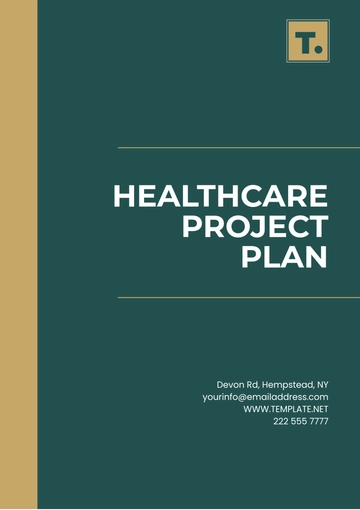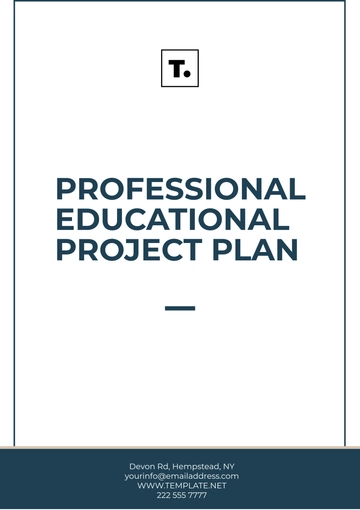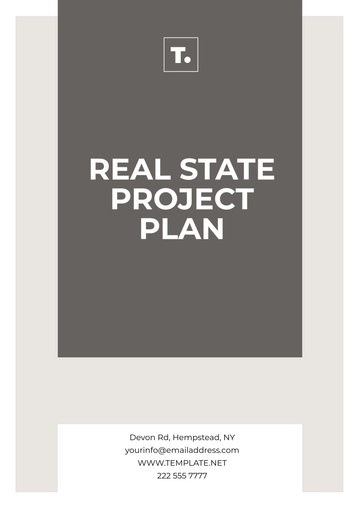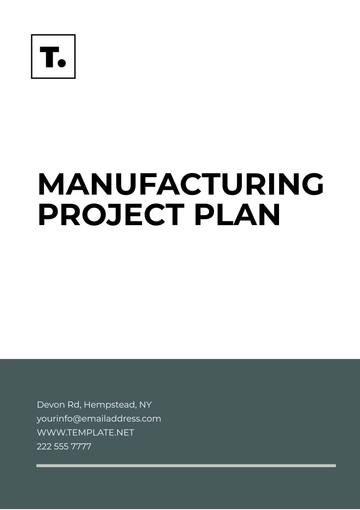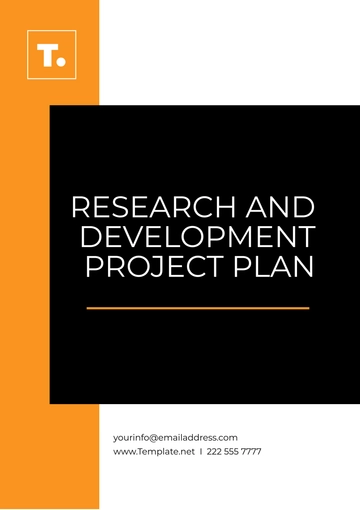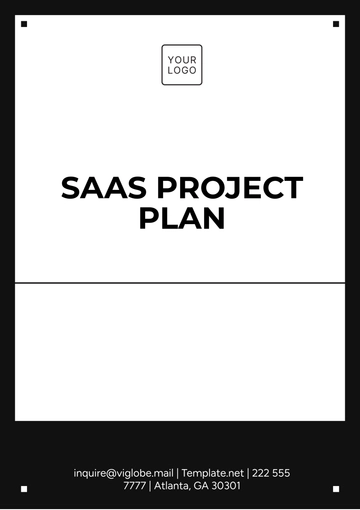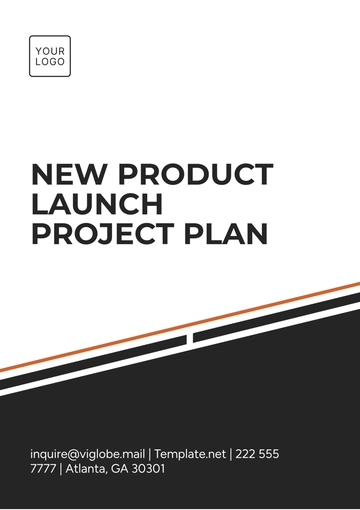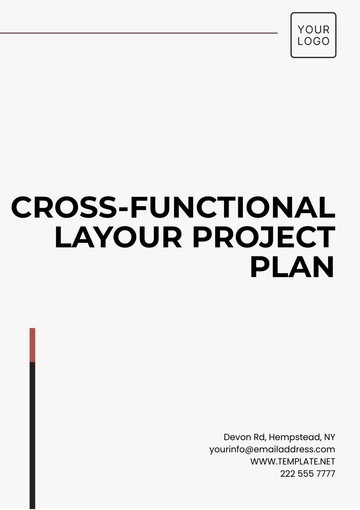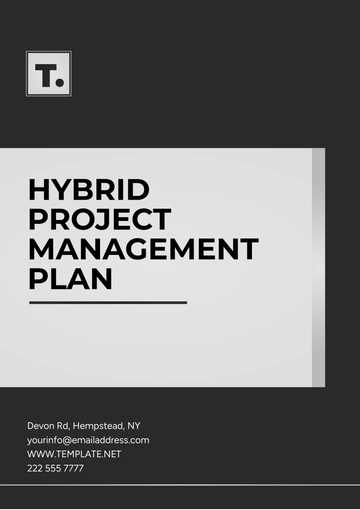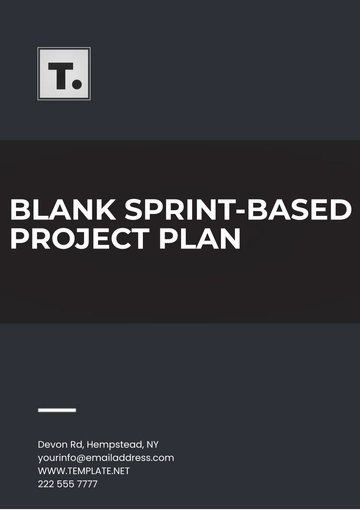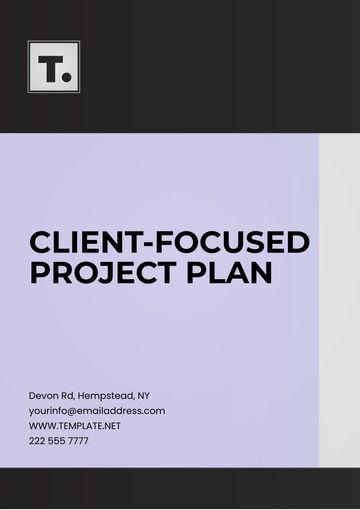E-Learning Platform Deployment Project Plan
Prepared By: [Your Name]
Company: [Your Company Name]
I. Project Overview
The E-Learning Platform Deployment Project aims to establish a scalable and user-friendly digital learning environment that facilitates seamless access to educational resources and enhances the learning experience. The project's goals include developing a robust platform to support a diverse range of educational content, optimizing user engagement through intuitive design, and ensuring robust technical performance. The scope encompasses the development, testing, and deployment of key platform features and modules designed to cater to various learning formats, including video lectures, interactive quizzes, and discussion forums.
II. Timeline/Schedule
Phase | Milestone | Start Date | End Date |
|---|
Phase 1: Planning | Complete Requirement Analysis | January 1, 2060 | February 28, 2060 |
Phase 2: Development | Platform Architecture Design | March 1, 2060 | August 31, 2060 |
Phase 3: Testing | Begin User Acceptance Testing | September 1, 2060 | November 30, 2060 |
Phase 4: Deployment | Complete Deployment and Launch | December 1, 2060 | January 31, 2061 |
III. Roles and Responsibilities
It is critical to define roles clearly to ensure accountability and effective progress throughout the project. Key roles include:
IV. Resource Allocation
Successful deployment hinges on the proper allocation of resources, including:
Human Resources: A team consisting of ten developers, three designers, five quality assurance testers, and additional project support staff.
Technical Resources: Cloud hosting services, development tools, testing frameworks, and design software.
Financial Resources: A budget of $2 million was allocated for development, licensing, marketing, and operational expenses.
V. Risk Assessment and Management
Identifying potential risks ensures proactive mitigation. Key risks include:
VI. Testing and QA Plan
Quality assurance guarantees that the platform meets all project standards and user expectations. The testing process includes:
VII. Budget and Financial Plan
Comprehensive budget planning is crucial to maintaining fiscal responsibility. Estimated costs include:
Category | Estimated Cost |
|---|
Development and Design | $1,000,000 |
Testing and Quality Assurance | $300,000 |
Licensing and Subscriptions | $150,000 |
Marketing and Outreach | $200,000 |
Contingency Fund | $350,000 |
VIII. Deployment and Launch Strategy
Successful deployment depends on structured preparation and execution. The strategy includes:
Project Plan Templates @ Template.net
